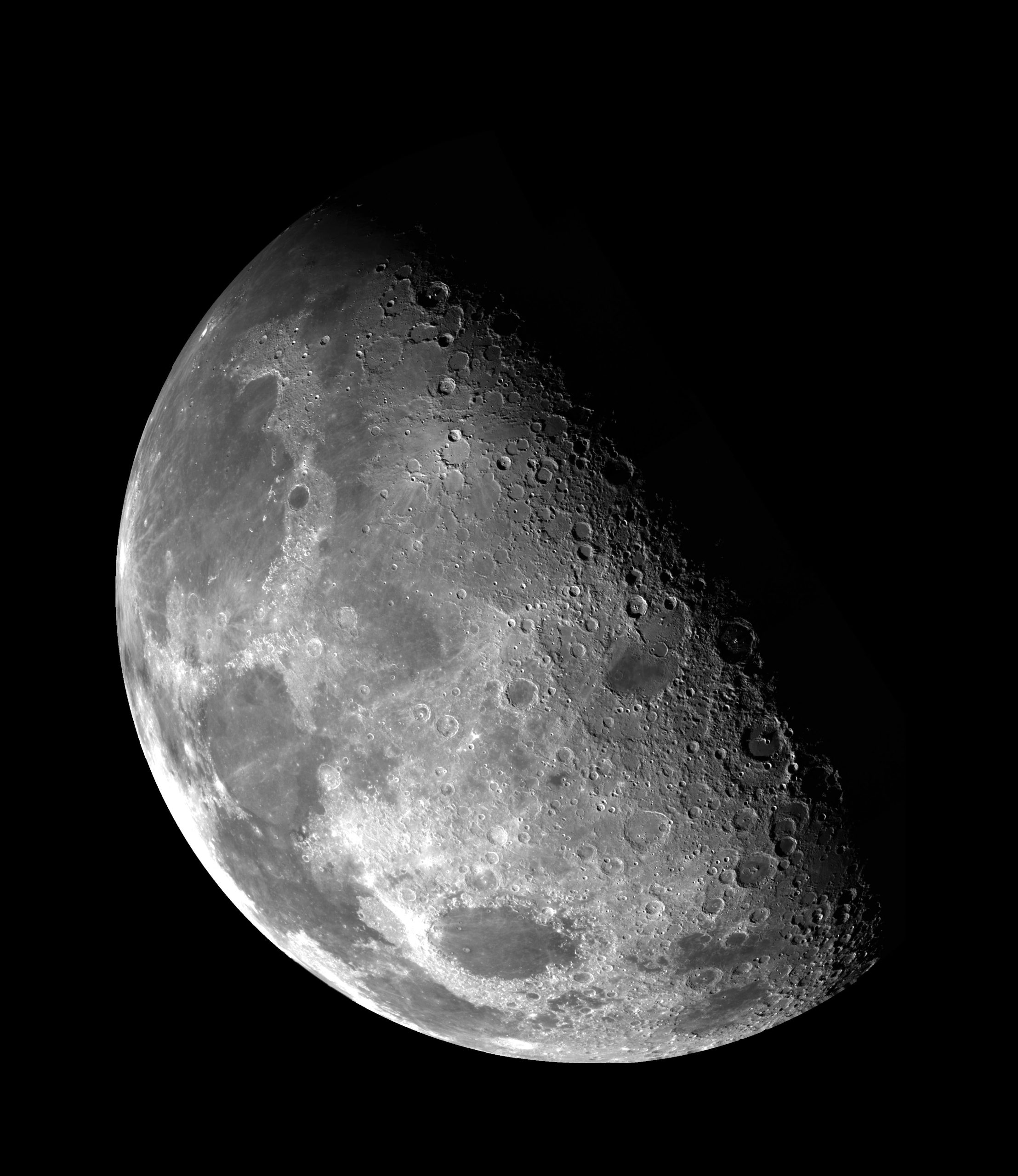Viking Symbols and Meanings: Exploring the Ancient Norse Iconography
From fearsome warriors to skilled navigators, the Vikings were a fascinating civilization that left an indelible mark on history. Their culture was rich in symbolism and mythology, and one of the most captivating aspects of Viking life is their intricate use of symbols. These symbols were not only decorative but held deep meanings that conveyed everything from protection to spiritual beliefs. In this article, we will delve into the world of Viking symbols and explore their various interpretations.
The Importance of Symbols in Viking Culture
The Vikings were a highly visual society, and symbols were weaved into every aspect of their lives. These symbols appeared on their ships, jewelry, weapons, and even clothing, and served as a powerful tool for communication and expression. Vikings believed that symbols possessed magical qualities and could offer protection, good fortune, and connection with the gods.
Understanding the significance of Viking symbols is key to appreciating their culture and grasping the depth of their beliefs. Here, we will examine some of the most prominent Viking symbols and their meanings.
1. The Valknut
The Valknut, also known as Odin’s Knot or the Knot of the Slain, is perhaps one of the most iconic symbols associated with Norse mythology. It is a triangle composed of three interlocking triangles, often found on runestones and grave markers. The Valknut is believed to represent the afterlife and, more specifically, the connection between the living and the dead in Viking belief systems. It is associated with Odin, the Allfather, and is thought to symbolize his power over life and death.
2. The Mjölnir
The Mjölnir, or Thor’s Hammer, is a symbol closely associated with the god of thunder, Thor. It is depicted as a hammer-like object with a short handle and often features intricate knotwork. The Mjölnir was not only a symbol of strength and protection but also a means of invoking Thor’s power. Vikings believed that wearing or wielding the Mjölnir offered them protection from evil spirits and misfortune. Today, the Mjölnir has become a popular symbol among modern practitioners of Norse paganism and has gained recognition beyond Viking culture.
3. The Vegvisir
The Vegvisir, also known as the Norse Compass or the Viking Compass, is a symbol believed to guide the bearer through rough weather and unfamiliar territories. It consists of eight arms radiating from a central point, much like a traditional compass rose. The Vegvisir was considered a talisman for protection and navigation, ensuring that Vikings could find their way home even amidst stormy seas. It carries the symbolic meaning of finding one’s path and remaining steadfast in the face of adversity.
4. The Helm of Awe
The Helm of Awe, also known as Ægishjálmur, is a powerful symbol associated with protection and might. It is often depicted as a circular design with intersecting lines and reminiscent of a compass rose or a spider’s web. Vikings believed that wearing the Helm of Awe provided them with both physical and mental strength, instilling fear in their enemies and rendering them powerless. The Helm of Awe was frequently inscribed on weapons and armor to enhance their potency in battle.
5. The Yggdrasil
The Yggdrasil, often referred to as the Tree of Life, is a symbol that represents the interconnectedness of all things in Viking cosmology. It is depicted as an immense ash tree with roots deep in the underworld, its trunk standing in the mortal realm, and its branches reaching into the heavens. The Yggdrasil symbolizes the cycle of life, death, and rebirth, as well as the cosmic order that governs all existence. It serves as a reminder of the interdependence of all living beings.
6. The Aegishjalmur
The Aegishjalmur, also known as the Helm of Awe or the Helm of Terror, is a symbol associated with divine protection and awe-inspiring might. It is composed of eight arms radiating from a central point, forming a striking and intricate pattern that resembles a spiked wheel or a star. Vikings believed that wearing or inscribing the Aegishjalmur granted them invincibility and the power to ward off evil forces. It was often used as a symbol of courage and strength.
Conclusion
Viking symbols were not merely decorative, but rather held profound meanings that reflected the complex beliefs and values of the Norse culture. From the interconnectedness of all life represented by the Yggdrasil to the protection and strength offered by the Mjölnir and Helm of Awe, these symbols embodied the essence of Viking identity.
Today, these symbols continue to captivate our imaginations and serve as reminders of the vibrant history and profound mythology of the Vikings. Whether worn as jewelry, adorned on artwork, or simply appreciated for their aesthetic beauty, Viking symbols provide a connection to the past and a testament to the enduring legacy of this once-mighty civilization.
Table of Contents
